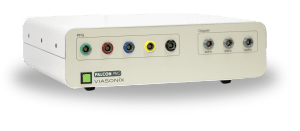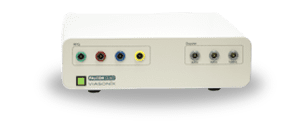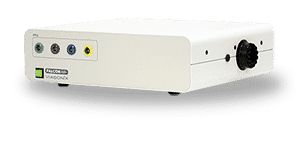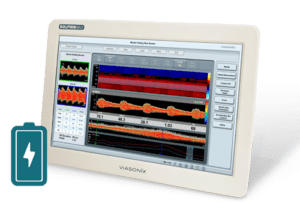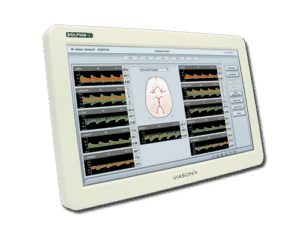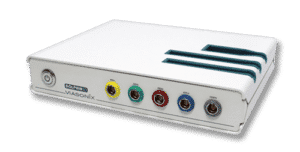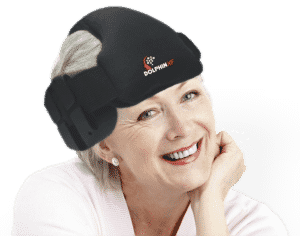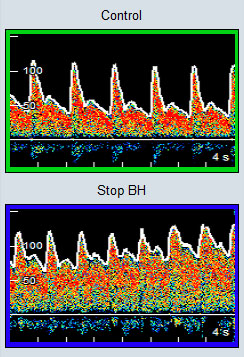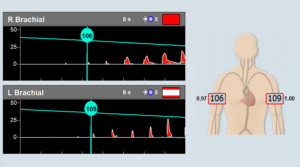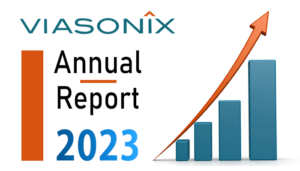How we Developed the Best Transcranial Doppler (TCD) Systems
When we set out to create a new product or a new TCD feature, the first thing that we do is to spend a significant amount of time learning how clinicians and TCD technicians work.
We learn in great detail the standard day-to-day examination practice, the challenges that are posed to the patients and the medical staff alike, and ultimately what is the preferred output for optimal clinical diagnosis.
Our goal is to simplify the vascular examination process, shorten the time required for the complete diagnosis, protect the patients, and optimize the resources of the Neurology department or TCD lab. We pay great attention to the TCD man-machine interface to ensure that the measurements are adequately performed, displayed, and diagnosed for the best possible medical outcome.
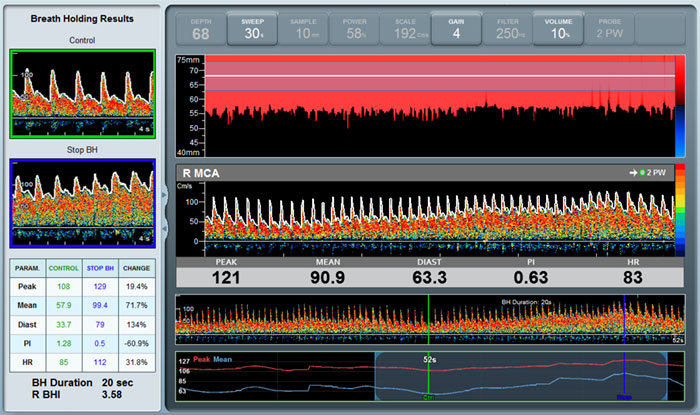
The Cerebral Breath Holding with TCD as an Example
While we have numerous examples that we can share, we will present here our unique development process of the breath-holding test protocol.
The Breath Holding Test with Transcranial Doppler machines is a standard examination aimed at assessing the Cerebrovascular flow reserve and the cerebral autoregulatory capacity.
When we hold our breath for a prolonged period of time, we cause a temporary increase in CO2 in the blood.
The effect of increased CO2 is to vasodilate the blood vessels, which in turn reduces the effective resistance to flow and allows increased flow of blood to the target organ, or the brain in our example.
How it All Started?
About 16 years ago, we developed the Sonara Transcranial Doppler Ultrasound system, and as part of our routine activities, we visited a well-known and renowned TCD expert in Phoenix, Arizona.
We viewed this key TCD opinion leader perform the standard breath-holding test in his TCD laboratory.
In short, we noticed that he explained the process to the patient, which includes asking the patient to hold his/her breath for 30 seconds when he signals to start. He then insonated the patient to find the mean Middle Cerebral Artery (MCA) velocity, and in parallel, looked at a stopwatch. This neurologist then instructed the patient to hold their breath and loudly told them how much more time remained until the end of the 30 second period.
When the time was up, he froze the waveforms on the screen and then placed cursors to measure the MCA blood flow velocity at the point of starting the breath-holding and when breathing was resumed.
These cerebral blood flow velocities were written on a piece of paper. With a calculator, the Breath Holding Index (BHI) was calculated and written in the patient report to complete the diagnosis.
How we Changed the Breath Holding Protocol
Immediately when we saw how this TCD physician worked, we realized that we could significantly simplify and improve the process, the patient and examiner comfort, and the clinical outcome. Holding the breath for 30 seconds may sound easy to do, but in practice, it is extremely difficult for most people, especially elderly patients.
What we did the next day was to automate the complete breath-holding protocol. First, we designed a large and clear display that is dedicated to this BH protocol. We designed the test also for bilateral measurements so the BHI can be separately diagnosed for the right and left sides of the brain. When the patient starts to hold their breath, the baseline TCD waveform is automatically captured. A large digital clock timer is displayed on the screen to allow both the physician and patient to see the elapsed time.
As soon as the patient starts to breathe again, the cerebral waveform at the end is automatically captured. A table displaying the waveforms, respective velocities, duration of the breath-holding, and the respective Breath Holding Indices for the right and left sides are displayed on the screen and included in the report.
The Physician Reaction to the Breath Holding Protocol
Needless to say that this key TCD opinion leader was completely blown away with this new protocol.
His complete focus can now be on the patient, while everything else was done automatically. He did not need to use a stopwatch or call the time to the patient, and the patient could see continuously how much time remained until they could breathe again.
All measurements are immediate and automatic, so no room for mistakes, and everything is wrapped up in a clear and professional breath-holding report. Obviously, the time spent with the patient was also dramatically reduced.
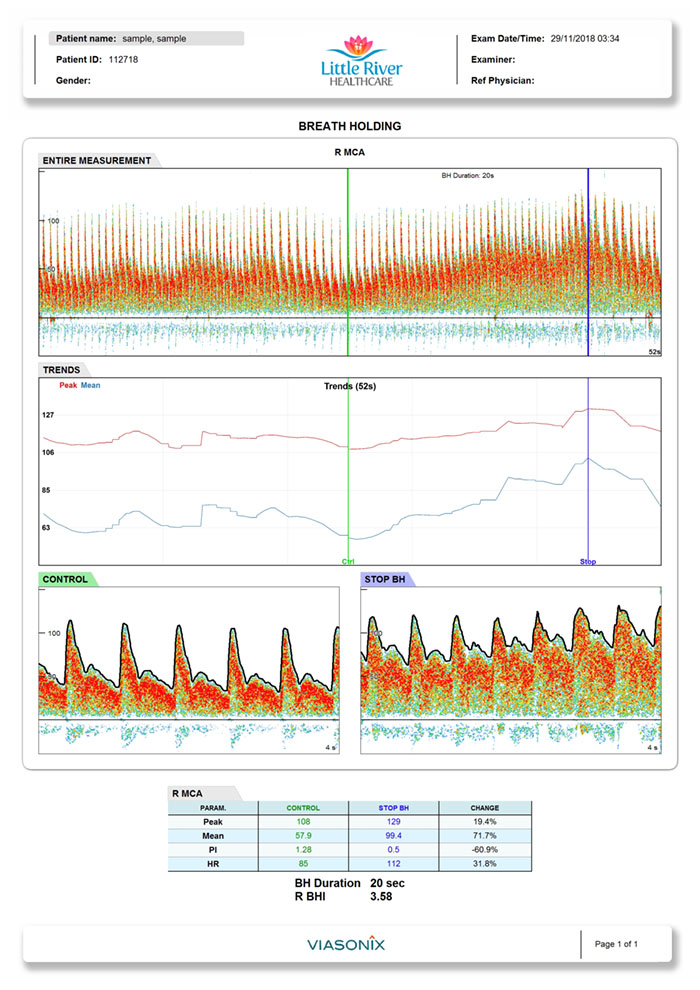
The First Presentation of BH at a Clinical Meeting
A few months later, we visited the European Neurosonology meeting. Several TCD workshops were conducted in parallel in different rooms, and the then distributor of the Sonara TCD systems presented the new Breath Holding protocol in one of the rooms.
When our representative came to the workshop rooms, he immediately noticed that one of the TCD rooms was completely overcrowded with young TCD neurosonologists, while the other rooms were very quiet. It turned out that in this room, the new Breath Holding Protocol was presented, and the many workshop participants were eager to learn more about this “magic” with the breath-holding examination.
The Dolphin TCD System Takes BH One Step Further
When we developed the new and advanced Dolphin TCD machine a decade after we developed the Sonara, we incorporated in the TCD device all of the exciting breath-holding options and features that the medical community loved so much. We improved many aspects and brought the examination to state-of-the-art levels through examination, display, reporting, and presentation.
We are proud to make yet another significant impact on the Transcranial Doppler community and TCD equipment.
For more information, please leave us a message.

